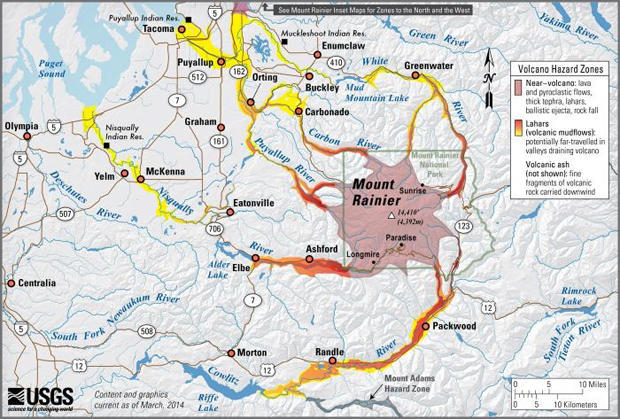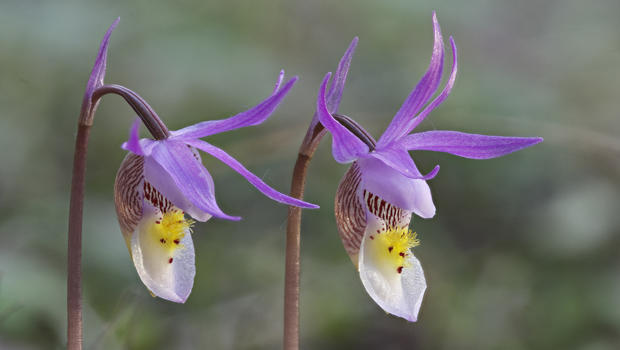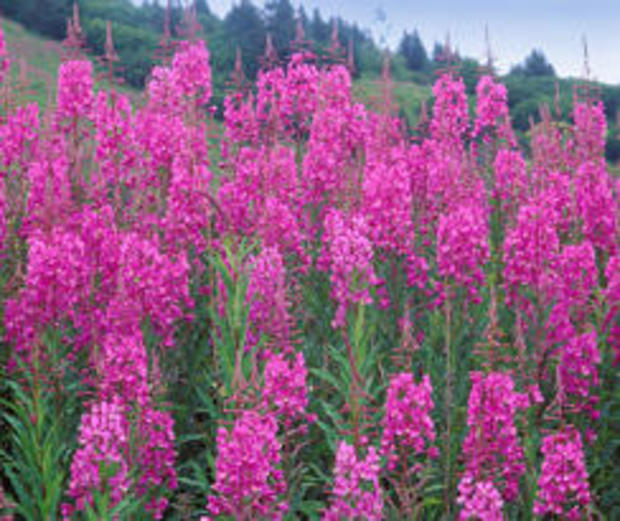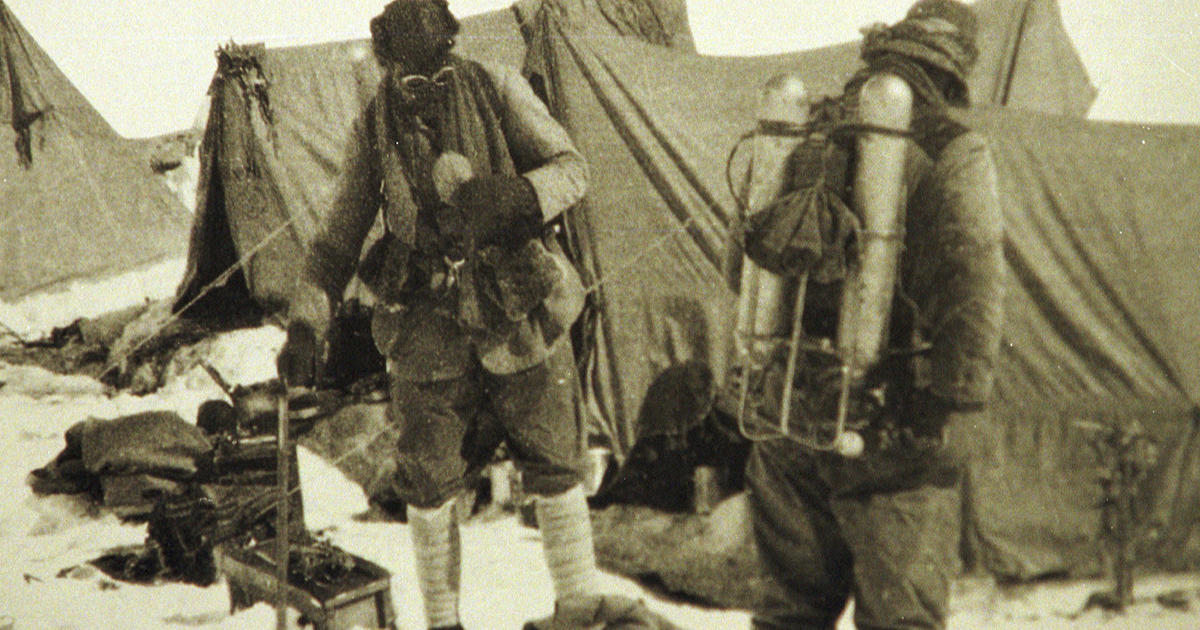Nature up close: Mount Rainier's deadly beauty
By "Sunday Morning" contributing videographer Judy Lehmberg.
On my way to Alaska a couple of weeks ago I flew into Seattle-Tacoma International Airport. The view out my window was spectacular. Unusual for Seattle, it was a clear, sunny day. Snow-covered Mount Rainier stood out like a majestic sentinel over Seattle and Tacoma. Or at least that's what I thought. Then I talked to a resident of Tacoma, and found out how wrong I was.
Mount Rainier is literally a ticking time bomb.
Mount Rainier is one of sixteen volcanoes on the worldwide "Decade Volcanoes" list, and is one of only two volcanoes on that list in the U.S. The Decade Volcanoes list was composed by the International Association of Volcanology and the Chemistry of the Earth's Interior (IAVCE), "to direct attention to a small number of selected, active volcanoes worldwide and to encourage the establishment of a range of research and public-awareness activities aimed at enhancing an understanding of the volcanoes and the hazards posed by them."
It is basically a list of the deadliest volcanoes on Earth, those that, because of their potential to erupt and proximity to large population centers, are most likely to affect the largest number of people and their property. (The list is named for the 1990-2000 decade that was considered the International Decade for Natural Disaster Reduction.)
Mount Rainier is on the IAVCE's list because it is a large, active volcano with hundreds of thousands of people living in the valleys around it. It last erupted in 1894-95, but may at any time begin producing lava flows, ash or huge lahars (a mixture of mudflow made up of lava, ash, rock, soil and water).
But the potentially deadly mountain drapes itself with beauty. The lower slopes of Mount Rainier are covered in diverse forests with many species of wildflowers. One of the less common early spring wildflowers is the calypso orchid or fairy slipper. It, like so many orchids, is non-rewarding to its pollinators (that is, it doesn't produce any nectar). Calypso orchids practice pollination by deception. Bumblebees, its most common pollinators, are attracted to the orchids anther-like yellow hairs but quickly learn to avoid them when they don't find any nectar. Therefore, pollination is uncommon and is one of the reason calypsos are either threatened or endangered in several U.S. states. My husband once spent two weeks sitting in front of a group of calypso orchids waiting for a pollinator. During that entire two weeks he got two photos of bumblebees on the orchids, as well as a bunch of mosquito bites.
A late springtime visitor to Mount Rainier might suddenly find themselves surrounded by elephants, more specifically pink elephants. Don't be alarmed. These elephants are actually a diminutive wildflower, the beautiful pink elephant's head or elephant's head lousewort. It is well-named as each small flower looks just like an elephant's face complete with a curved-up trunk and lateral petal lobes forming the elephant's ears.
The name lousewort is derived from either the belief that this plant gave grazing animals lice or it was used to cure lice, depending on which source is accurate. Elephant head plants have less chlorophyll than most because it is a root parasite. It steals nutrients from other plants by piercing its small rootlets, or haustoria, into the roots of host plants.
Fireweed, common in mid- to late-summer is often found after a fire has burned through an area. It is a pioneer species -- one that grows quickly in open areas with little competition from other plants. In the past I was always sad seeing fireweed blooming while traveling in the northern U.S., knowing it would soon be time to head back to the hot South to begin another semester. Now that I am semi-retired, I greet fireweed flowers with joy knowing it will soon be time for the tourists to go home and I get to stay in the cool North.
An Alaskan nurse once gave me a recipe for fireweed jelly. It took a while to collect enough flowers, but it made the most delicately-flavored and beautifully-colored jelly I've ever made.
Judy Lehmberg is a former college biology teacher who now shoots nature videos.
See also:
For more info:
- Judy Lehmberg (Official site)
- Judy Lehmberg's YouTube Channel
To watch extended "Sunday Morning" Nature videos click here!






